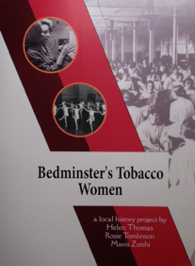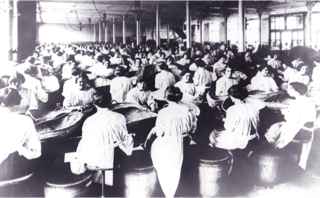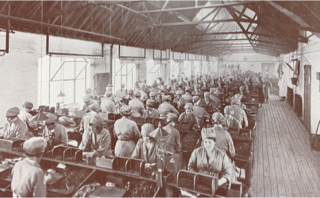
This talk is based on a community oral history project, that in 2014, explored the lived history of local people who worked in the tobacco factories in Bedminster and Ashton. It offers an understanding of the social fabric of the Bedminster area, and the economic forces which have shaped our community. Helen will provide an overview of the manufacturing processes and how they changed over time; and an insight into what it was like for the workers: recruitment, working conditions, hierarchies and segregation, welfare provision and leisure. The presentation will include a large number of photographs of the factories and those who worked in them.


Lizzie Lane
Wish I’d known about this. I would have loved to listen. My father was a foreman in the tobacco bonds, my sister a cigar girl in Raleigh Road, my sister-in-law made cigarettes in East Street, my late husband’s cousin was a foreman in Swindon. I myself worked for a time as PA to the Senior Medical Officer of Imperial Tobacco.
It was all this plus my memories of fifteen-year-old school leavers walking up Glyn Vale in their brand new green overalls singing the latest pop tunes – soppy ones mostly.
It was this history which I used as the base for my Tobacco Girls series.
Susan Easmon
As a student in the late 1960s, I had a job in the Beating up Room at the East Street factory. I am now involved with the Clifton Womens Institute and we should love a presentation based on your research of W D and H O Wills factories
Jacqueline Green
My gran lily worked at the tobacco factory in the 1920s I’d love to find a photo of her there, she mentions it in her diary.